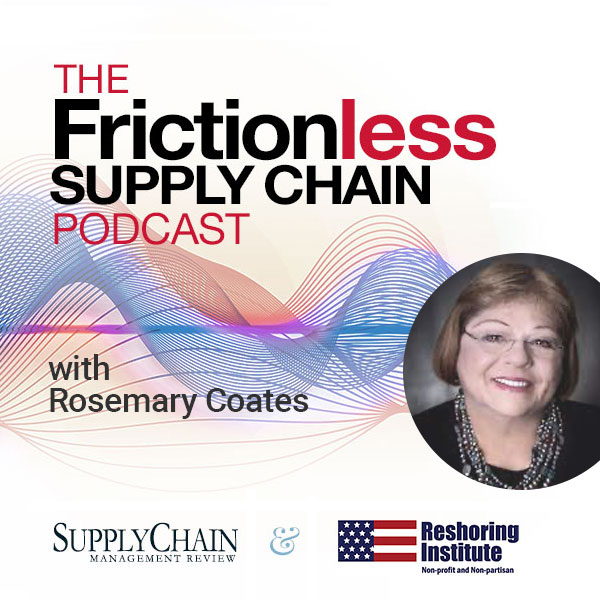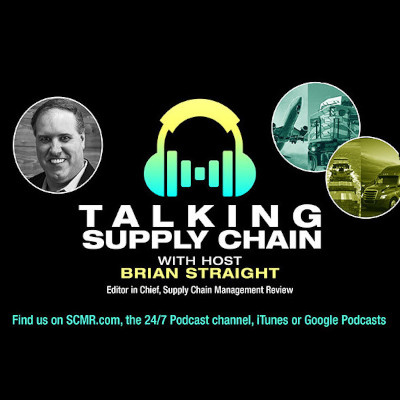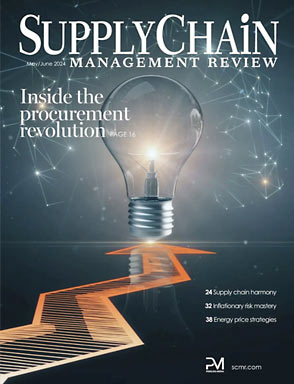3PLs: Going Global
Supply chains start when someone, somewhere reaches for their wallet. Increasingly, this will happen outside the U.S. in “mega cities,” observes Alan Amling, UPS global director contract logistics marketing.
“Today, China has about 90 cities with more than 250,000 middle class consumers,” he says “By 2020, China will have more than 400 cities with a quarter million middle class residents – 50 will have more than a million!”
He notes that as companies position to capitalize on this demand, their 3PL partners need to ensure they have the right infrastructure and expertise in place to facilitate these business strategies.
“A key value that 3PLs can provide shippers is market knowledge across multiple regions and industries,” says Amling. “Another value is to help companies take advantage of the growth opportunities they decide to pursue.”
Not only do some global 3PLs – like UPS – have existing infrastructure in global markets, they also have the in-country expertise to help companies navigate trade regulations, get products to end customers and provide post-sales services.
Should that keep domestic 3PLs from “going global”? Amling doesn’t think so.
“If the 3PL strategy is to provide an end-to-end experience for shippers, they have to enter this arena. As supply chains become more global and more complex, we’re seeing a trend toward companies reducing the number of 3PLs they use, but expecting these 3PLs to do more.”
That said, there is a lot of opportunity in the market and putting up a global network may not be the right move for all 3PLs, adds Amling. He notes that there will continue to be opportunity for local and regional providers to be integral components of company supply chains:
“The real question is with 95% of the world’s consumers now outside the U.S., can domestic shippers afford to avoid going global?”
Dr. Philipp Biermann, an analyst with the global strategy and marketing consultancy Simon-Kucher & Partners, in Bonn, Germany, notes that there’s still considerable risk for 3PLs when taking shippers into this new dimension.
“When addressing the current state of logistics in the 3PL arena, we must emphasize the importance of total cost of ownership.” he says. “Especially in supply chain management. We are aware of various examples where procurement departments forced 3PLs into unprofitable contracts. At the end of the day some of these suppliers got bailed by the consignee.”
According to Biermann 3PLs can mitigate this risk by taking a “step-by-step mind shift” towards systematic pricing.
“Some 3PLs realize that an extra two percent in prices will often double profits. We see less willingness to accept unmet shipper’s volume commitments. However, we should keep in mind that you cannot turn around a large logistics company or an entire industry overnight.”
Therefore, says Biermann, 3PLs must embark on a new professional pricing model.
“Professional pricing requires a transformation process that is linked to tools and guidelines, people, and ultimately strategy,” he says. “It took more advanced sectors such as software and pharmaceuticals decades to achieve pricing excellence, and they are still trying to become better at protecting their margins.”
SC
MR

More 3PL
- Q1 sees a solid finish with positive U.S.-bound import growth, notes S&P Global Market Intelligence
- Orchestration: The Future of Supply Chain
- February and year-to-date U.S. import volume is solid, reports S&P Global Market Intelligence
- 2024 retail sales forecast calls for growth, says National Retail Federation
- ISM reports another month of services sector growth in February
- February manufacturing output declines, notes ISM
- More 3PL
Latest Podcast

 Explore
Explore
Business Management News
- Joseph Esteves named CEO of SGS Maine Pointe
- Employees, employers hold divergent views on upskilling the workforce
- April manufacturing output slides after growing in March
- Q1 sees a solid finish with positive U.S.-bound import growth, notes S&P Global Market Intelligence
- 6 Questions With … Sandeep Bhide
- MIT CTL offering humanitarian logistics course
- More Business Management
Latest Business Management Resources

Subscribe

Supply Chain Management Review delivers the best industry content.

Editors’ Picks





